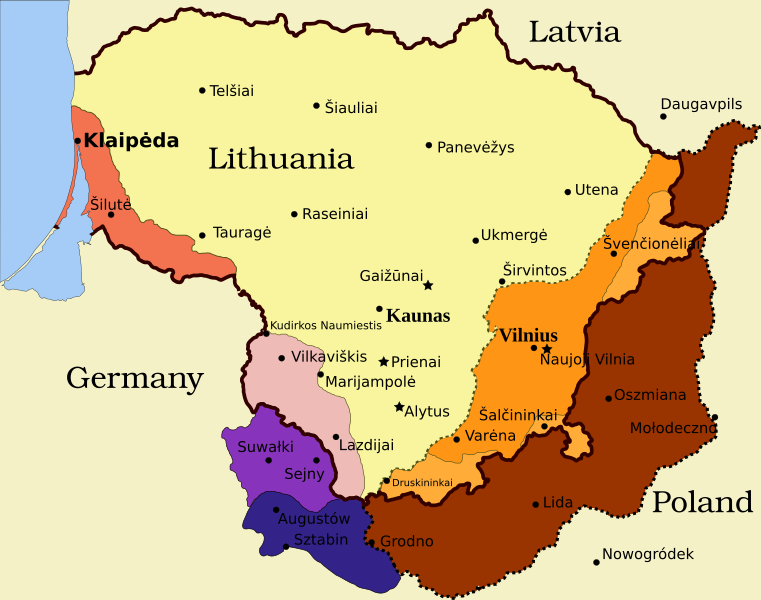 |
| Sarah Harris Slatter marries John Shuttleworth in Surrey, UK 1862 |
My husband's 2d great-grandma,
Sarah Harris Slatter Shuttleworth, was instrumental in saving at least one grandchild from the tragedy of grinding poverty.
This is my conclusion after reading UK Census data and workhouse records. Here's the story. (Watch out for the various family members named John, Mary, Thomas, and Sarah in successive generations.)
Great-great Grandma Sarah in the UK Census
The first mention I found of Sarah
Harris Slatter was in the 1841 UK Census, where she is 25 years old and married to John
Slatter, a cook in Oxfordshire. Sarah was born in Stratford on Avon, Warwickshire, around 1813. Sarah and John's children children Fanny, Thomas, and Sarah are in the household, along with Sarah's brother Richard. At this point, Sarah and her husband John had been married for 9 years (according to wedding records at St. Ebbe Church).
 |
| John Slatter and Sarah Harris Slatter in 1841 UK Census |
By 1851, the UK Census shows her as a widowed hat sewer with four children: Fanny, age 18, b. 1833 in Middlesex, a gaiter maker; John (Jr.), age 14, b. 1837 in Middlesex, a printers' boy; William, age 5, b. 1846 in Christchurch, Surrey; and 14-month-old Daniel, b. abt 1850, in Christchurch, Surrey.
Slatter Family Crisis of Poverty
By 1861, the Census shows Sarah's son, John Slatter, Jr. married to Mary
Shehen Slatter, living in notoriously poor Whitechapel. In that Census, they have one child, Thomas Slatter. During the next eight years, John and Mary Slatter have five more children.
Trouble is brewing: He is in and out of work, sometimes abandons the family, and Mary has to cope with children in dire poverty. Soon the records show that she and
five children bounce in and out of workhouses and poorhouses.
Ultimately, Mary Shehen Slatter enters an
insane asylum (diagnosed with melancholia as a result of extreme poverty and misfortune). She meets with a tragic end, dying of tuberculosis 15 years later. Meanwhile, the children go separate ways, three boys sent to a military training ship and two girls at school. Except for Thomas Slatter, the eldest child, who never appears in the workhouse and poorhouse records. Why? That's where Sarah Harris returns to the story of this family crisis.
Grandchildren Living with Sarah and Second Husband
I kept looking for Thomas Slatter because he was missing from the workhouse admission/discharge records. Finally, a wonderful blog reader located him in the 1871 Census in the household of his grandma Sarah Harris Slatter Shuttleworth and step-grandpa John
Shuttleworth. I backtracked to find Sarah's 1862 remarriage to Shuttleworth, who were both widowed, in Christchurch, Surrey. This is the correct Sarah, according to her birthplace and other details.
By 1871, John Shuttleworth and his wife Sarah are living at 32 Gravel Lane in London. And lo and behold, they have
several of Sarah's grandchildren living with them.
First listed is Thomas Slatter, age 10, who would otherwise have been in and out of workhouses with the rest of his siblings. Instead, he's here with his paternal grandmother and step-grandfather. Plus some first cousins, other grandchildren of Sarah.
Right under Thomas in the Shuttleworth household listing is grandchild Sarah Gardner, 13 years old. She is the second daughter of Sarah Harris's daughter Fanny Slatter and husband John C. Gardner. Other Gardner grandchildren were living with their parents in 1871 but not Sarah, who on this day was with her grandma and step-gramps. Why? Perhaps an early version of day care? After all, John Gardner was working.
Also in the household is grandchild Sarah Slatter, age 3. I believe this is Elizabeth Sarah Ann Slatter, daughter of Sarah Harris's youngest son William Slatter and wife Mary Anne. Again, was this a day-care situation or was the little girl actually living with the Shuttleworths? I don't know.
Saving Thomas from Possible Tragedy
Here's what I do know: Five children of John Slatter and Mary Shehen
Slatter were in and out of workhouses (including hubby's grandma) for a few years after John deserted them. Mary couldn't work steadily or earn enough to maintain a household. She was extremely depressed and unable to cope.
Mary's oldest son, Thomas Slatter, avoided workhouses and poorhouses because his grandma Sarah Harris Slatter Shuttleworth took him in and raised him.
The entire family can be proud of what Sarah, with her husband John, did to keep Thomas safe.
Thanks to Amy Johnson Crow for this week's
#52Ancestors prompt of
tragedy.


























